6. The Little Girl Who Conquered Time (1983)
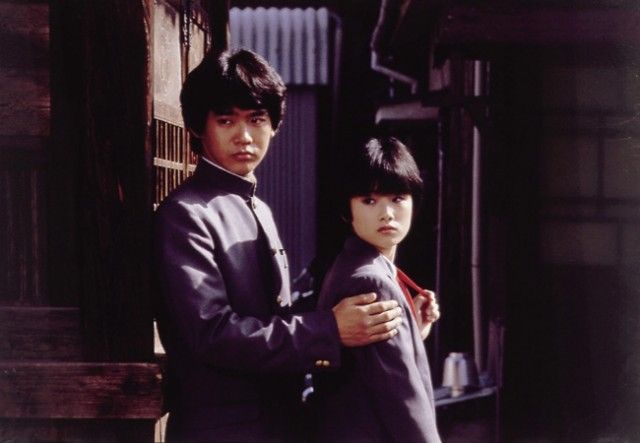
The Girl Who Leapt Through Time, a Japanese novel from 1965, has been adapted a number of times. Perhaps the most famous adaptation comes from acclaimed animator Mamoru Hosoda. Before that film broke through, the most noteworthy retelling was probably Nobuhiko Obayashi’s live action adaptation from 1983. Translations of the title vary, so to keep things consistent, we’ll refer to it as The Little Girl Who Conquered Time.
The Little Girl Who Conquered Time is a far more melancholic, meditative movie compared to its anime counterpart. Obayashi has never been known to tell straightforward narratives, and that remains true with this film. It’s a dizzying, complex time travel movie with a strong moral core at the center. It lacks some of the imagination of the anime release, but it remains an essential watch regardless.
7. The Little Prince (1974)
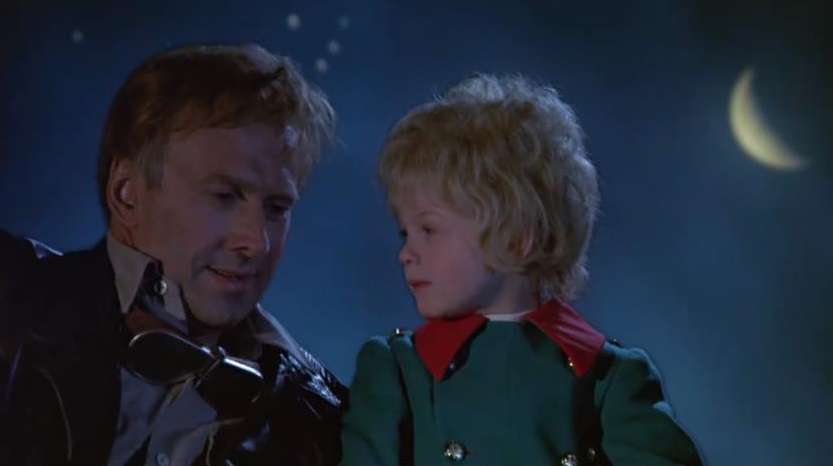
Antoine de Saint-Exupéry’s eccentric children’s novella was most recently adapted in 2015, when Mark Osborne took the material and made changes to the story to make it more accessible. That’s arguably the best approach when you consider just how weird the source material is. Saint-Exupéry’s critically acclaimed story is unlike anything else out there, and as a result, one could argue that it’s borderline unadaptable. However, the live action adaptation from 1974 tried to accurately adapt the original story, and while it might not be a cinematic marvel, it’s nevertheless a fascinating oddity.
Helmed by Singin’ in the Rain co-director Stanley Donen, The Little Prince mostly follows the same story beats as the source material. Musical numbers are added, but generally speaking, this is the same story about a little kid recalling his adventures in space. Much like the book, the plot can feel downright nonsensical at times, but this is somewhat forgivable because of the excess amount of charm.
Much of this charm comes from the ensemble cast. Richard Kelly, Bob Fosse, and Gene Wilder all make an appearance throughout the sub-90 minute runtime, and their presence is greatly appreciated. Still, even outside the cast, the unique visuals and quirky musical numbers do a lot for this particular adaptation. Maybe it’s not the perfect adaptation, but its place in history shouldn’t be forgotten.
8. I Married a Monster from Outer Space (1958)
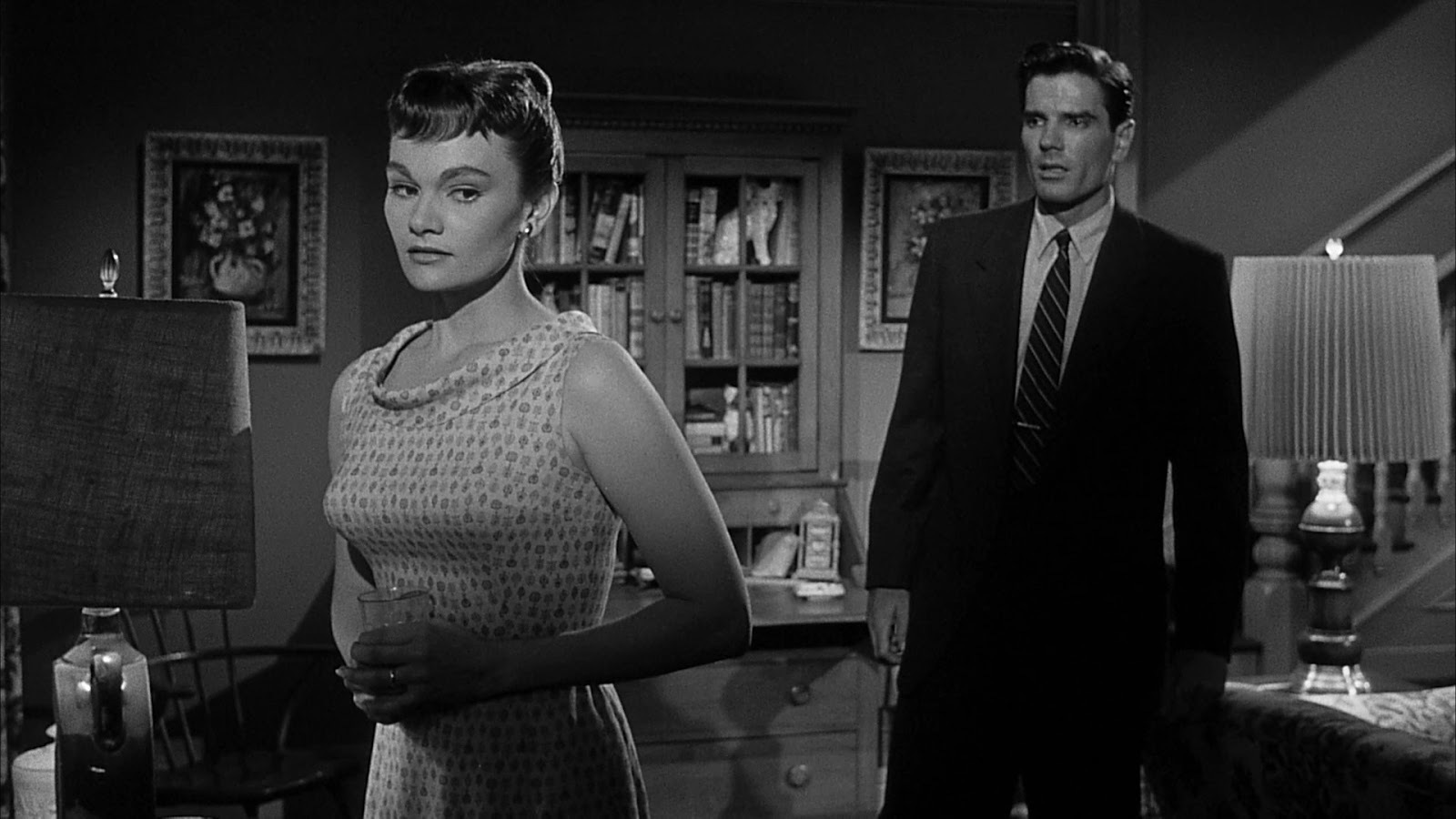
It’s easy to see why I Married a Monster from Outer Space was ignored when it was released; the title is absolutely terrible. It screams “exploitative B-movie,” but it’s actually a thematically rich body swap horror movie that takes well-worn tropes and elevates them. While it certainly appears to be another low-budget monster movie, it’s far more complex than it leads people to believe.
The premise is nothing new. Even when it was released, this particular brand of sci-fi horror was becoming increasingly common. You get the idea – people in a small town begin to act strange, the citizens investigate, and you learn that bodies are being taken over. That’s not the exciting part; the real fun comes from the unconventional themes and motifs hiding behind cheap monster movie thrills.
Contemporary analyses have discovered obvious parallels to Cold War era tensions of the time, but beyond that, there are clear messages about marriage and its effects on sexual intimacy. There is a clear purpose behind each character interaction. I Married a Monster from Outer Space strives to do more than entertain; it wants to take a well-established genre convention and use it in unconventional ways.
In that regard, it succeeds. Some viewers may mourn the lack of B-movie nonsense, but it’s nice to see a more respectable 50s monster movie. There are plenty of cheesy alternatives, but folks looking for something less nonsensical should absolutely give this a look.
9. Strange Behavior (1981)
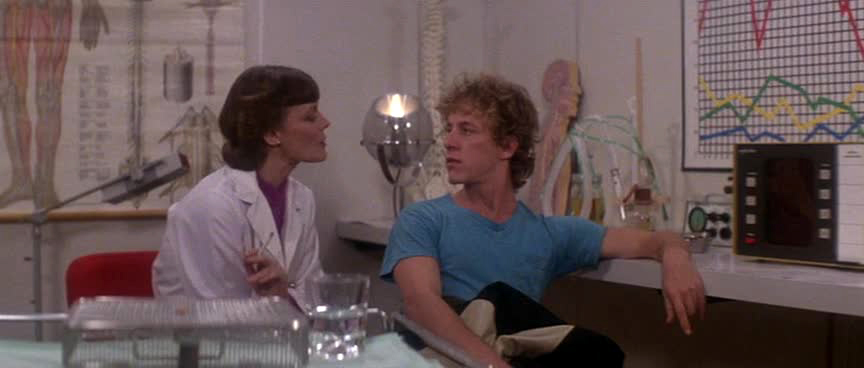
Let’s make one thing clear – Strange Behavior is a slasher movie first and a sci-fi movie second. Its placement on this list shouldn’t be disputed, but nobody would consider it a pure, high-concept science fiction release. Compared to the genre-defying horror flicks of today, it’s very much a product of its time, complete with gallons of practical gore and little-to-no brain, but honestly, that’s what makes it so worthwhile. You won’t find anything like Strange Behavior today; it’s a ridiculous genre mashup that oddly feels like a cinematic artifact.
The film focuses on a series of murders that may or may not be linked to a mind control experiment. As the bodies pile up, John Brady, the local police chief, aims to get to the bottom of things. To an extent, you could consider this a whodunnit, but more than anything, it’s a pulpy throwback slasher that never dares to take itself too seriously. Viewers would be wise to come in with that mindset.
10. Fiend Without a Face (1958)
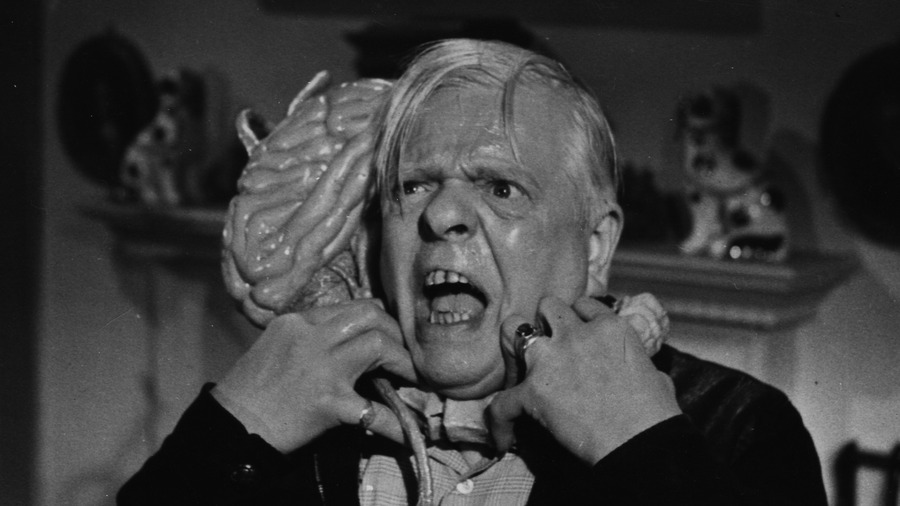
Fiend Without a Face never aspires to be more than what you would expect. It’s a sci-fi horror movie with all of the trappings of the genre circa 1958. Its low placement on this list largely corresponds to its lack of ambition. However, it is featured on this list for a reason. Though it’s mostly afraid to try anything new, it remains a fun, low-budget B movie.
Your tolerance will depend on how much you enjoy the cornier sci-fi movies from this period. Just like so many similar movies, Fiend Without a Face is heavy on melodrama and dated special effects, but at the same time, it’s fully committed to its premise. If you’re onboard for something like this, you won’t be disappointed, but be aware that surprises are limited.